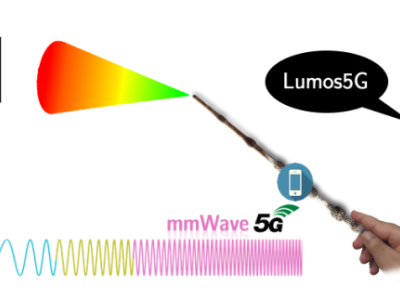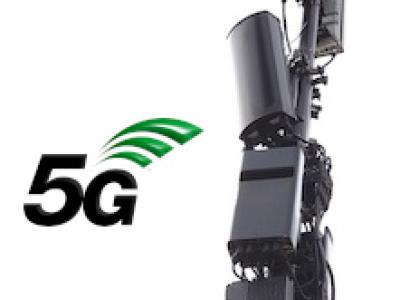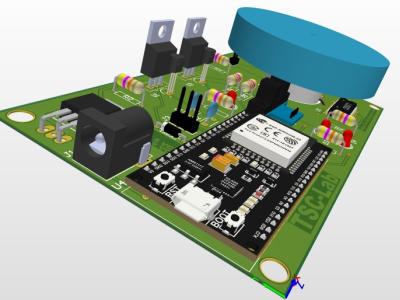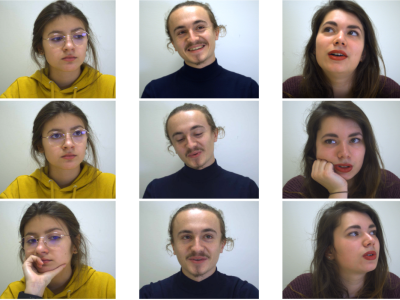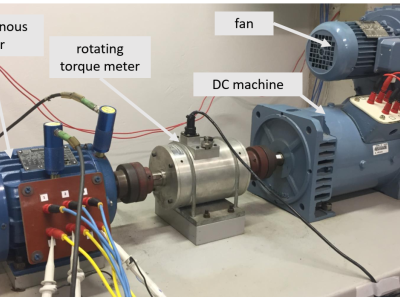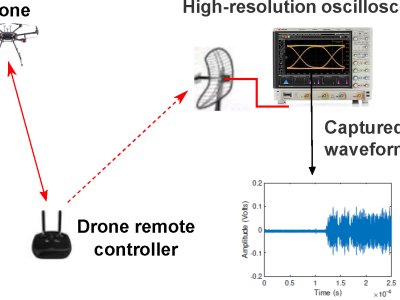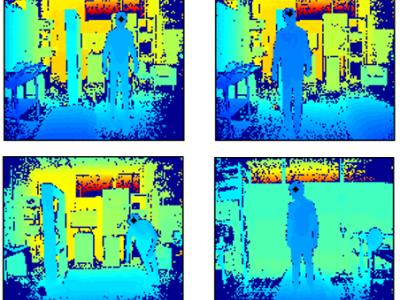5G Beams
- Citation Author(s):
-
Muhammad Iqbal Rochman (University of Chicago)Ahmad Hassan (University of Minnesota)Bariq S Firmansyah (Institut Teknologi Bandung)Vanlin Sathya (Celona, Inc.)Monisha Ghosh (University of Chicago)Feng Qian (University of Minnesota)Zhi-Li Zhang (University of Minnesota)
- Submitted by:
- Arvind Narayanan
- Last updated:
- DOI:
- 10.1109/INFOCOM48880.2022.9796693
- Data Format:
- Research Article Link:
- Links:
 812 views
812 views
- Categories:
- Keywords:
Abstract
5G-NR is beginning to be widely deployed in the mmWave frequencies in urban areas in the US and around the world. Due to the directional nature of mmWave signal propagation, improving performance of such deployments heavily relies on beam management and deployment configurations. We perform detailed measurements of mmWave 5G deployments by two major commercial 5G operators in the US in two diverse environments: an open field with a baseball park (BP) and a downtown urban canyon region (DT), using smartphone-based tools that collect detailed measurements across several layers (PHY, MAC and up) such as beam-specific metrics like signal strength, beam switch times, and throughput per beam. Our measurement analysis shows that the parameters of the two deployments differ in a number of aspects: number of beams used, number of channels aggregated, and density of deployments, which reflect on the throughput performance. Our measurement-driven propagation analysis demonstrates that narrower beams experience a lower path-loss exponent than wider beams, which combined with up to eight frequency channels aggregated on up to eight beams can deliver a peak throughput of 1.2 Gbps at distances greater than 100m.
Instructions:
DATASET WEBSITE: https://5gbeams.umn.edu
## OVERVIEW
5G Beams is a dataset that represents the data captured in the IEEE INFOCOM '22 paper - "A Comparative Measurement Study of Commercial 5G mmWave Deployments".
This dataset is being made available to the research community.
If you need any other low-layer information that are not released as part of the dataset, feel free to contact us (contact email is listed below). We will try our best to help.
Please note, this is v0.91 and is not the final release.
## CITING THE DATASET
```
@INPROCEEDINGS{9796693,
author={Narayanan, Arvind and Rochman, Muhammad Iqbal and Hassan, Ahmad and Firmansyah, Bariq S. and Sathya, Vanlin and Ghosh, Monisha and Qian, Feng and Zhang, Zhi-Li},
booktitle={IEEE INFOCOM 2022 - IEEE Conference on Computer Communications},
title={{A Comparative Measurement Study of Commercial 5G mmWave Deployments}},
year={2022},
pages={800-809},
doi={10.1109/INFOCOM48880.2022.9796693}
}
```
## QUESTIONS?
Please feel free to contact us with questions or information about the data (arvind@cs.umn.edu,muhiqbalcr@uchicago.edu,fivegophers@umn.edu)
## LICENSE
5G Beams dataset is licensed under the Creative Commons Attribution 4.0 International License. To view a copy of this license, visit http://creativecommons.org/licenses/by/4.0/ or send a letter to Creative Commons, PO Box 1866, Mountain View, CA 94042, USA.


